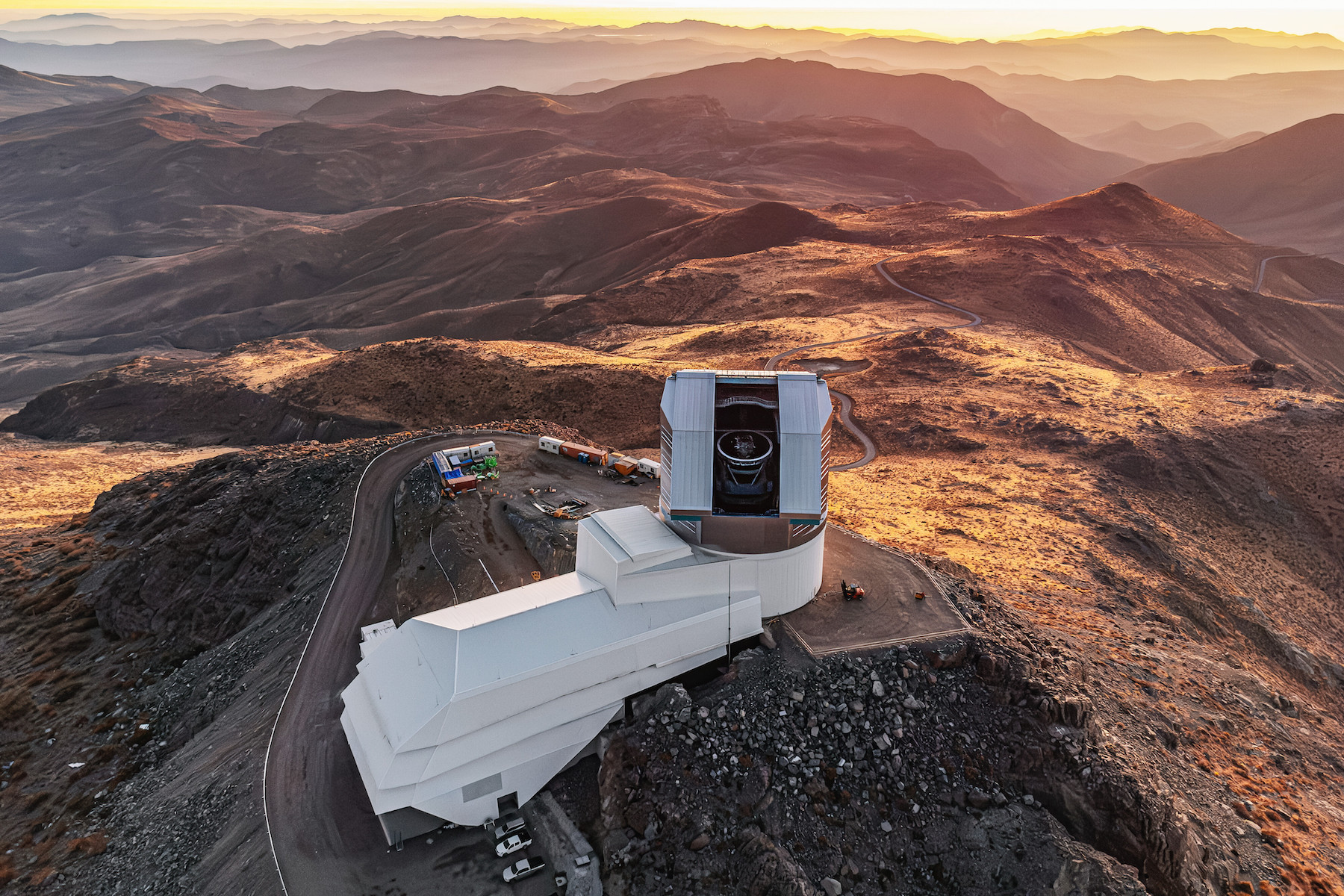- Vera C. Rubin Observatory has released its first full-resolution image
- It was captured using an ultra-powerful 3,200-megapixel digital camera
- The telescope will scan the sky for dark matter, asteroids, and Planet Nine
The world’s most powerful digital camera has taken its first photos, and they reveal the cosmos in stunning detail. Shared as part of the Vera C. Rubin Observatory’s ‘First Look’ campaign, the composite image captures a panoramic view of the Trifid and Lagoon nebulae – a region where new stars are being formed.
The stills come from the largest digital camera ever made. With a resolution of 3,200MP, it’s the central component of the telescope at the Rubin Observatory in Chile. By capturing a scene some 4-5,000 light years from Earth, the images offer a spectacular glimpse of the star-making machinery of our universe.
The full-size image, which you can download here, is made up of 678 individual exposures, measuring around five gigapixels in total. A closer look reveals stellar clouds of dust and gas in breathtaking color and detail. More impressive than the scale, though, is how quickly the observatory produced the image: it took just 7.2 hours.
You may like
That makes the Rubin unique among space telescopes. By working fast and covering an ultra-wide field of view in each frame, it’s able to map large areas in a short amount of time. The results are as scientifically valuable as they are beautiful. By revealing regions of the universe in new depth, they allow researchers to advance their understanding of our cosmic surroundings.
All eyes to the sky

These early images mark the start of a new era in astronomy. The Rubin Observatory is about to begin the Legacy Survey of Space and Time (LSST), a ten-year mission to map the night sky in unprecedented detail. It’s a project which could fundamentally change our understanding of the universe – not just because of what it reveals, but because of how often.
Unlike traditional observatories which target narrow slices of space, the Rubin telescope is designed to scan the entire Southern Hemisphere sky every three nights. The dome repositions quickly to cover the heavens, capturing images more than once a minute for around ten hours. This regular cadence will allow astronomers to detect changes more readily.
The observatory is situated atop Cerro Pachón, a mountain peak in northern Chile. The remote location, high altitude and dry climate create near perfect conditions for astronomy: the thinner air and lack of light pollution allow the telescope to take advantage of clearer, darker night skies. That gives the Rubin Observatory a wide observational window.

During its testing phase, it detected more than 2,000 previously unknown asteroids in just 10 hours, highlighting the telescope’s potential as an early-warning system for our planet.
The observatory is also expected to play a leading role in the hunt for the hypothetical Planet Nine, a massive celestial body which some scientists believe to be hiding on the distant edge of our solar system. Its powerful optics and sweeping reach make the Rubin telescope the perfect tool for spotting what’s lurking beyond Pluto’s orbit.
But perhaps Rubin’s most ambitious goal relates to what can’t be seen. By capturing data from countless galaxies, the observatory will help researchers to build a better picture of the invisible dark matter that makes up most of the universe – and the mysterious dark energy that’s causing its expansion.
Key to the mission is the camera itself, which is the largest ever installed on a telescope. The size of a small car, it captures a portion of the sky equivalent to 45 full moons in a single shot.
Over the course of its survey, Rubin is expected to generate more than 60 petabytes of data. It will be up to the world’s scientific community to analyze the results and decipher their secrets.
You might also like…
Services Marketplace – Listings, Bookings & Reviews